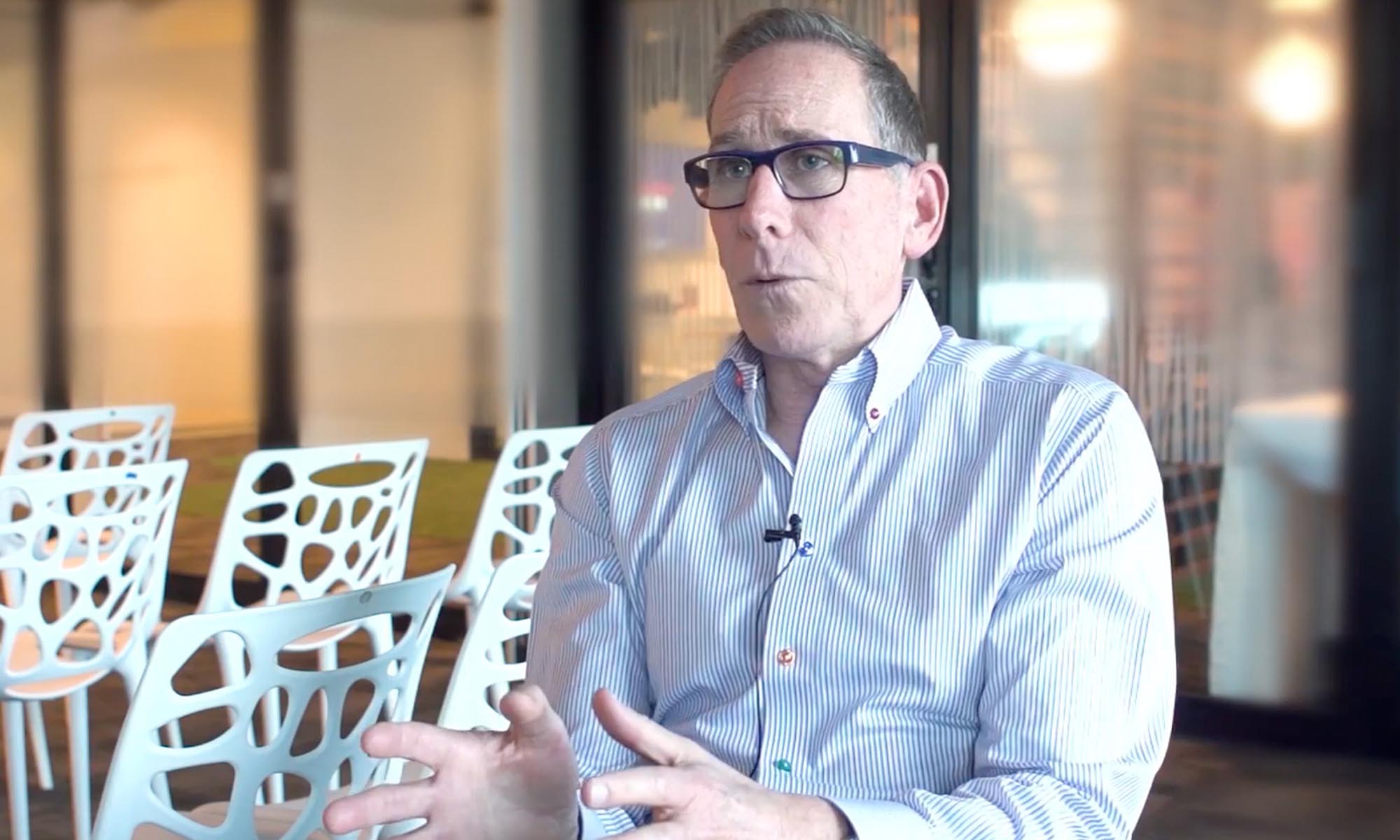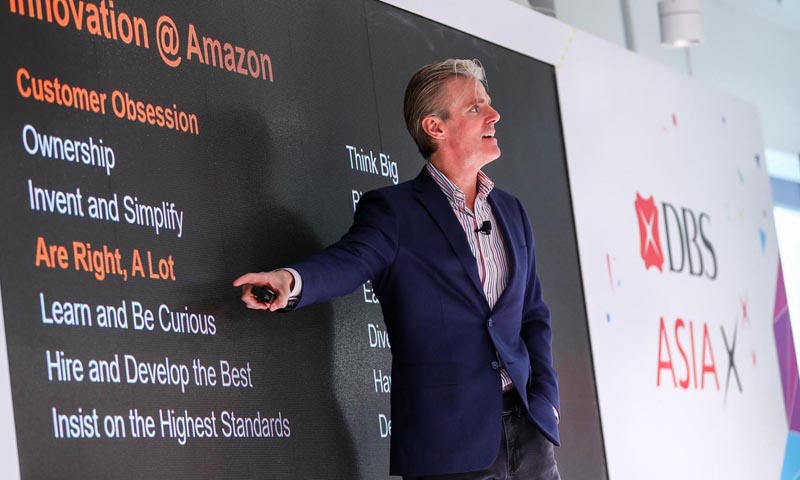University of California San Diego’s Director of Innovation Greg Horowitt shares why companies must create thriving innovation ecosystems
Companies that fail to innovate risk obsolescence. Just take the examples of Kodak, Blockbuster, Polaroid or Borders. But while most companies today recognise its importance, creating an innovative culture remains a challenge.
Speaking to 50 senior DBS leaders at a DBS Imaginarium X event, University of California San Diego’s Director of Innovation Greg Horowitt shared why companies must create thriving innovation ecosystems.
Horowitt, who is the co-author of “The Rainforest: The Secret to Building the Next Silicon Valley” and has advised governments and international bodies such as World Bank and OECD, also spoke on why the rainforest is a model for organisations’ innovation ecosystems and what business leaders can do to get greater insight.
What is your view on innovation ecosystems, and why do you equate them to the rainforest?
Believe it or not, ecosystems have always existed. The reason it's important for people to understand them is because all innovation is human centric. So you can build wonderful technology, and technology in and of itself is neither good nor bad; it's what human beings do with it.
The ability to create systems would then allow for the behavioral and emotions of people to then work with the technology is what creates value.
You equate organisational behaviours to be like plantations, or like a rainforest. What do these models look like?
Plantations really refer to kind of industrial models that are very linear, where the outcomes are very well known and the resources are very well known, and it's all about how we allocate those resources so efficiently that we drive the best outcome.
The challenge with that is it doesn't allow for any ambiguity or unplanned outcomes because when that happens we try to minimise the damage of those outcomes.
What we find in the rainforest models which are kind of more chaotic and robust is that it allows for these very unplanned outcomes. That's like the random serendipity of a chocolate bar melting in someone's pocket that led to the use of microwaves or ovens, or so many other great inventions that were created either accidentally or where they were not the originally intended goal.


What are the key factors needed to create a thriving rainforest innovation ecosystem?
Diversity is really, really important. When you get lots of different perspectives, you get a better understanding of what you can do, plus you get insights that you couldn't get on your own.
The other critical factors are collaboration and trust. It's usually against your best interest to always only get experts in the room.
When you get people who are uninformed and intelligent in the room, you get new ways of looking at things.
One of the greatest things about human beings is we aren't always rational, and sometimes we have stupid questions or what we think are stupid questions. But sometimes those stupid questions lead to really great insights.
Read more: DBS Imaginarium: learning how Amazon innovates
How can organisations balance between rainforest thinking and plantation thinking?
Every organisation always has elements of these. The creative parts of organisations are either suppressed or completely dormant but they're always there. It's different for every organisation. You not only need to encourage experimentation and risk-taking in these small new ideas but you also need to create a way of protecting them long enough so that they can develop and prove their value and relevance to the larger institution.
How can leaders encourage rainforest ecosystems to thrive within their organisations?
One of the best ways for organisations to do this is to understand why they exist in the first place because so many organisations will focus on what they're doing and how they're doing things. They often will fall into a repetitive behavior in doing that.
What I love about DBS is you're saying, “The past doesn't necessarily define our future, the way we've done things doesn't necessarily define what can be, and what is, is not indicative of what can be.”
By breaking that mould, you can create a new type of ecosystem that encourages experimentation, that encourages bold ideas, that encourages new kinds of collaboration, that encourages the viewpoints of people who historically haven’t had a voice or hadn’t had any input into the system.
I think the combination of those things creates a new direction.
What do you think are the most important innovations now?
Some of the new technologies that I'm absolutely fascinated with are things like the blockchain and the idea of decentralisation, To be honest, a lot of the technologies that I've either invested in or that I've been intrigued with are technologies that democratise things. In other words, centralise the power of control and hand it back to a set of people.
What has been asymmetrical is now more symmetrical. I love it that when I want to travel I can stay in an Airbnb and I don't have to stay in a hotel. I love the power of choice that this gives me.
DBS Imaginarium X is an innovation talk series for senior leaders at the bank designed to spark curiosity and provoke thought.

 Hong Kong
Hong Kong India
India Indonesia
Indonesia China
China Taiwan
Taiwan






